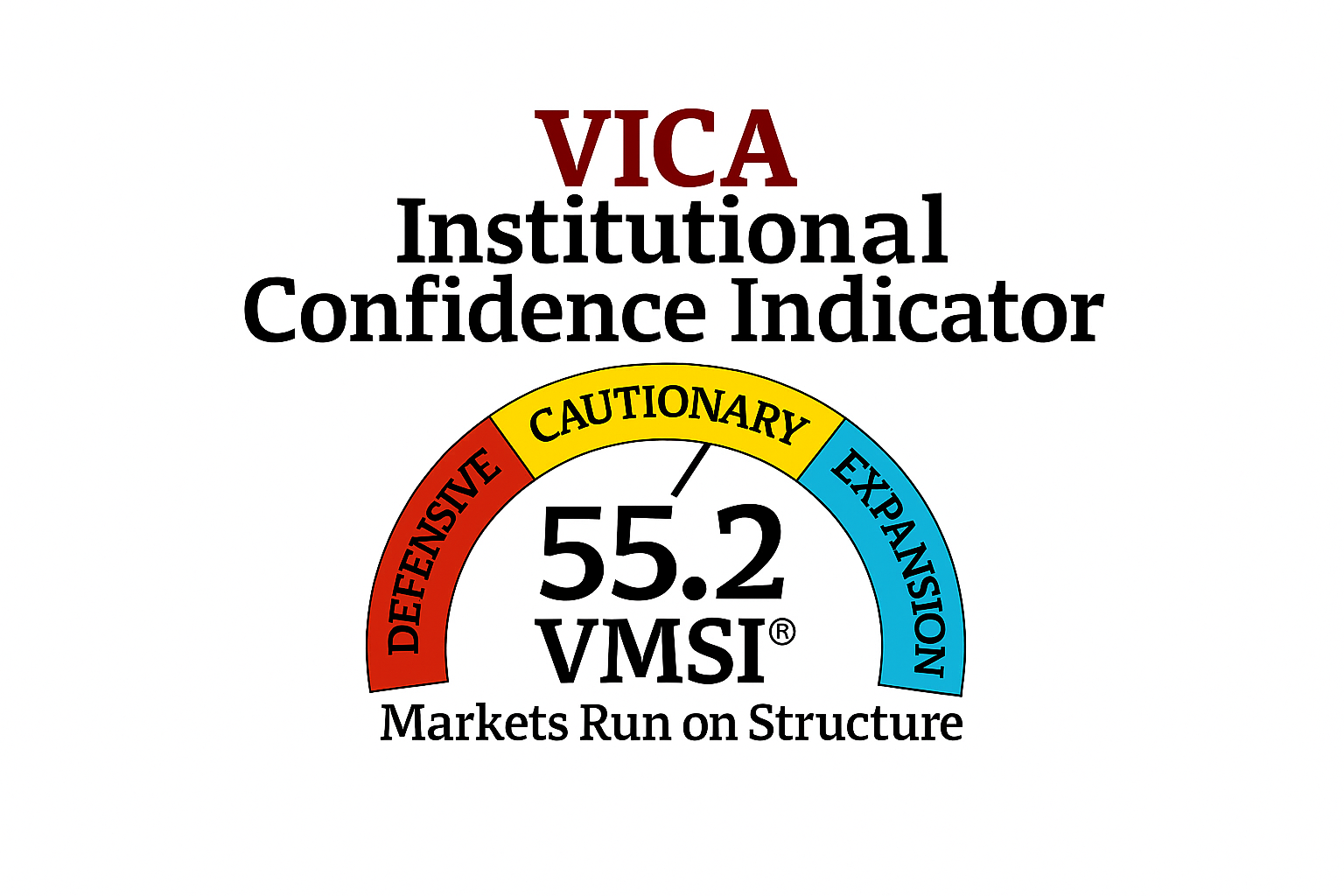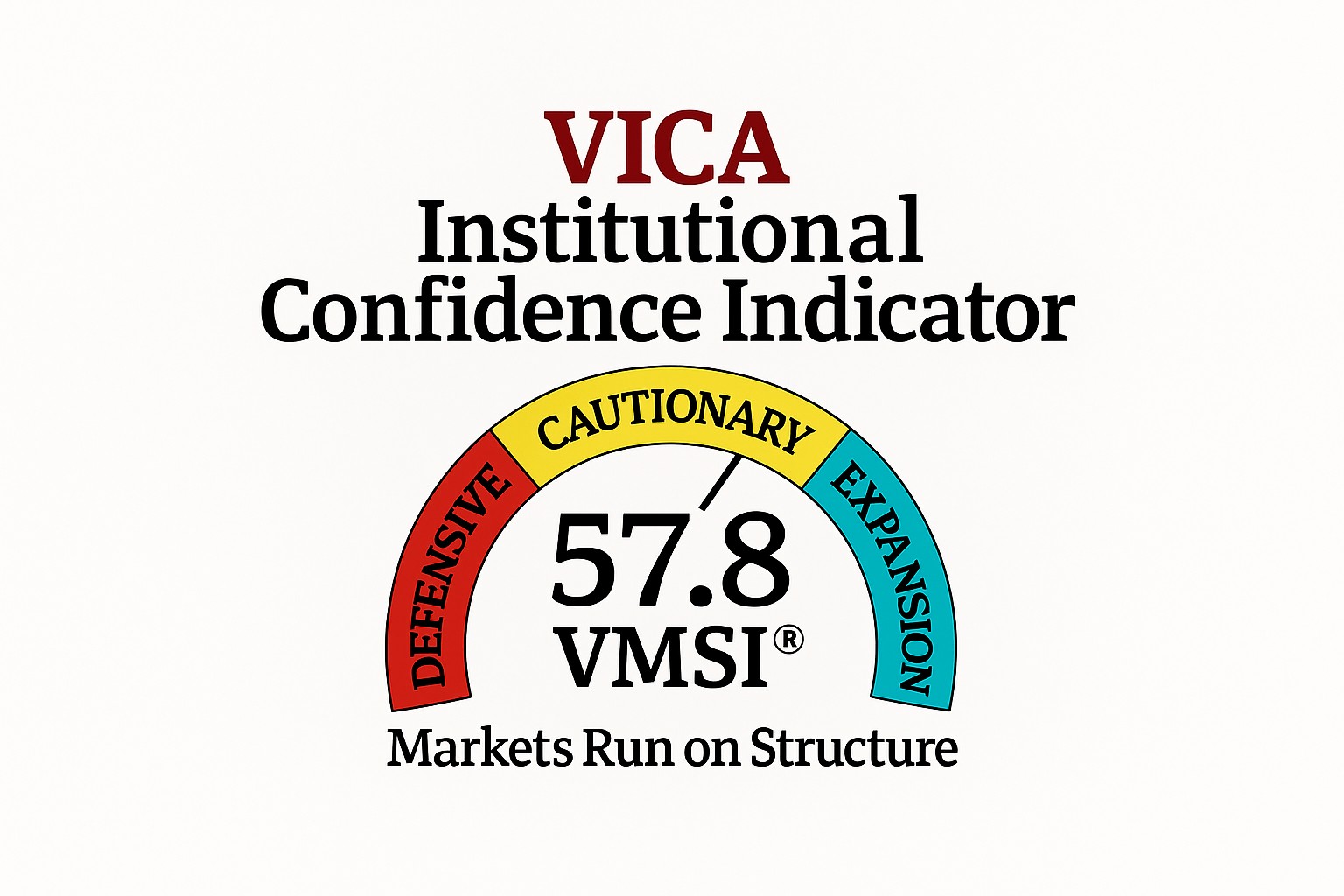Forecasting Performance Gains for Small-Cap ETFs Amid Fed Rate Cuts
Impact of Federal Reserve Rate Cuts on Small-Cap ETFs
As the Federal Reserve signals a potential rate cut, small-cap stocks and their associated exchange-traded funds (ETFs) are at a crucial inflection point. Small-cap equities, known for their sensitivity to shifts in monetary policy, stand to be significantly impacted by these changes. Given their dependence on debt for growth, understanding which small-cap ETFs are likely to benefit from reduced interest rates is crucial for investors.
Why Small-Cap Stocks Respond to Rate Cuts
Small-cap companies generally offer higher growth potential compared to their larger peers but face greater financing challenges. Lower interest rates can substantially reduce borrowing costs for these smaller firms, fostering increased capital expenditure and expansion opportunities. This environment often results in higher stock prices, especially for small-cap ETFs that focus on growth. As interest rates decline, these ETFs could experience outsized returns.
What to Expect if the Fed Cuts Rates by 0.50% This Fall
Should the Federal Reserve cut rates by 0.50% this fall, small-cap ETFs are expected to see a notable impact. Historically, small-cap stocks have reacted positively to rate cuts, with enhanced performance in growth-oriented ETFs likely. Based on historical data and market analysis, here is a forecast of potential performance for each ETF if the Fed implements a 0.50% rate cut:
Top Small-Cap ETFs Poised to Benefit
- Vanguard Small-Cap Growth ETF (VBK):
- Forecasted Performance Increase: Approximately 10-15%
- Rationale: VBK tracks the CRSP US Small Cap Growth Index, providing exposure to over 600 small-growth companies. With a YTD performance of around 7.3%, a 0.50% rate cut could enhance capital investment and drive higher growth, potentially resulting in a forecasted performance increase of 10-15%.
- iShares Russell 2000 Growth ETF (IWO):
- Forecasted Performance Increase: Approximately 12-18%
- Rationale: The IWO ETF tracks the Russell 2000 Growth Index and has shown a YTD performance of 12%. The ETF’s focus on small-cap U.S. equities with strong growth characteristics suggests it could benefit significantly from a 0.50% rate cut, with potential performance gains of 12-18%.
- iShares S&P Small-Cap 600 Growth ETF (IJT):
- Forecasted Performance Increase: Approximately 8-14%
- Rationale: IJT tracks the S&P Small-Cap 600 Growth Index, targeting smaller companies that are well-positioned to benefit from reduced borrowing costs. With solid historical performance, IJT is expected to see a 8-14% increase in performance if rates are cut by 0.50%.
Leveraged Small-Cap ETFs
For those seeking higher potential returns, leveraged ETFs offer magnified exposure to small-cap indices:
- ProShares UltraPro Russell 2000 (URTY):
- Forecasted Performance Increase: Approximately 15-25%
- Rationale: URTY provides 3x exposure to the Russell 2000 Index and has an expense ratio of around 0.95%. A 0.50% rate cut could lead to amplified gains, with a forecasted performance increase of 15-25% due to the leveraged nature of the ETF.
- Direxion Daily Small Cap Bull 3X Shares (TNA):
- Forecasted Performance Increase: Approximately 15-25%
- Rationale: TNA also offers 3x leveraged exposure to the Russell 2000 Index and carries a similar expense ratio. Like URTY, TNA is expected to experience substantial gains, with a forecasted performance increase of 15-25% if the Fed cuts rates by 0.50%.
Economic Rationale and Market Implications
Federal Reserve rate cuts are designed to stimulate economic growth by making credit cheaper and more accessible. Small-cap companies, often seen as drivers of innovation and employment growth, are likely to benefit significantly from such monetary easing. This scenario presents a unique opportunity for substantial returns in small-cap ETFs, emphasizing the broader economic impact of rate cuts on market dynamics.
Investors should remain aware of the inherent volatility associated with small-cap stocks. While the potential for high returns exists, these stocks are more susceptible to economic downturns. Therefore, diversification and a thorough understanding of the broader economic context are essential for navigating small-cap investments during periods of monetary policy shifts.
Conclusion
If the Federal Reserve proceeds with a 0.50% rate cut this fall, small-cap ETFs such as Vanguard’s VBK, iShares’ IWO, and IJT are well-positioned to capitalize on the resulting economic stimulus. For investors willing to manage the associated risks, these growth-focused funds could deliver significant returns, with forecasted performance increases of 10-18% for non-leveraged ETFs and 15-25% for leveraged ETFs.
By evaluating these market dynamics through economic theory and historical performance, investors can better align their strategies with the opportunities presented by the Fed’s monetary policy decisions.




